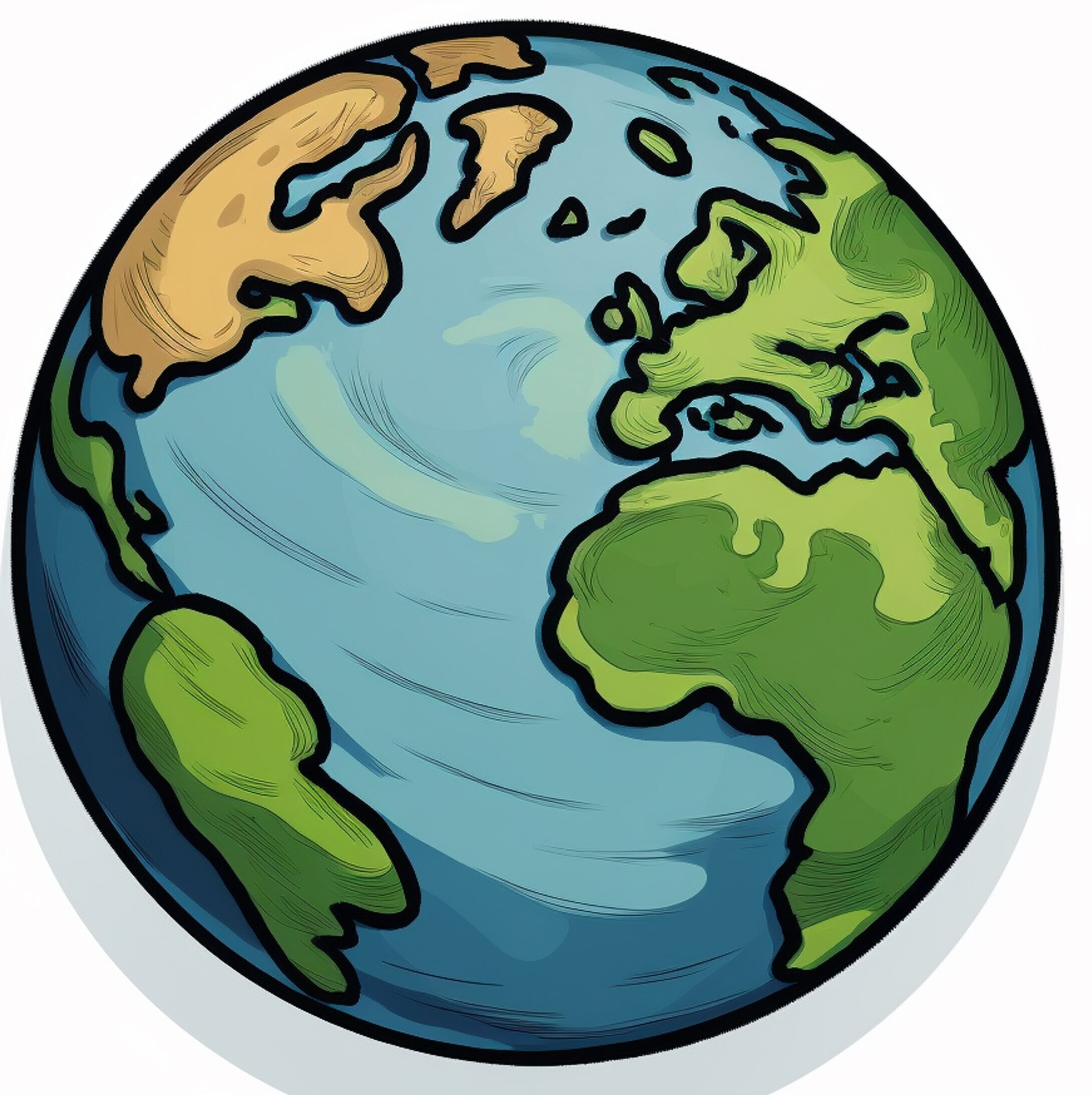The Earth—our home, a blue sphere swirling with oceans and continents—has fascinated humanity for millennia. From ancient myths to modern science, one question has remained a cornerstone of curiosity: How old is the Earth?
Thanks to centuries of scientific progress and technological innovation, we now have a remarkably accurate estimate. The Earth is approximately 4.54 billion years old. But how did scientists arrive at this number, and what does it really mean? Let’s explore the fascinating journey of discovering Earth’s age.
Ancient Theories: A World Without Time
Before the development of modern science, civilizations explained the origin of Earth through religious and mythological stories. In the Western world, for instance, many scholars in medieval Europe believed Earth was only a few thousand years old, based on biblical genealogies. One widely known estimate, calculated by Archbishop James Ussher in the 17th century, dated Earth’s creation to 4004 BCE—a number taken quite seriously for centuries.
However, as science began to separate itself from theology, new tools and perspectives gradually replaced these early assumptions.
The Dawn of Geology
The first major shift came with the rise of geology in the 18th and 19th centuries. Scientists like James Hutton and Charles Lyell introduced the concept of uniformitarianism—the idea that the Earth’s features were shaped by the same natural processes we see today, acting slowly over vast periods of time. This implied that the Earth had to be much older than a few thousand years.
For instance, rock layers, or strata, told a story of slow sedimentation, erosion, and volcanic activity occurring over millions of years. Fossils embedded in these layers added to the evidence: clearly, life had evolved over an extended timeline.
Though these insights stretched the estimated age into the millions, precise dating was still out of reach.
The Breakthrough: Radiometric Dating
The true breakthrough came in the early 20th century with the discovery of radioactivity. Scientists like Henri Becquerel, Marie Curie, and Ernest Rutherford uncovered that certain elements decay at a consistent rate over time, turning into other elements. This process is known as radioactive decay.
Each radioactive isotope decays with a known half-life—the time it takes for half of a sample to transform. For example:
- Uranium-238 decays into lead-206 with a half-life of about 4.47 billion years.
- Potassium-40 decays into argon-40 with a half-life of 1.25 billion years.
Using these elements as geologic clocks, scientists began to date rocks with remarkable precision.
Dating the Earth: A Scientific Detective Story
While Earth’s surface is dynamic—subject to erosion, plate tectonics, and recycling through volcanic activity—scientists turned to meteorites, which formed at the same time as the Earth, to find more stable samples.
The most famous example is the Canyon Diablo meteorite, which fell in Arizona. Using uranium-lead dating on its components, researchers determined that it formed approximately 4.54 billion years ago. This aligns with the oldest terrestrial minerals ever discovered: zircon crystals found in Western Australia, which are about 4.4 billion years old.
By studying both Earth’s oldest minerals and extraterrestrial material from meteorites and moon rocks, scientists arrived at the current accepted age of Earth:
That ±0.05 billion years means there’s a small margin of error (around 50 million years), which is tiny compared to the overall age.
What Was Earth Like in the Beginning?
Knowing Earth’s age allows scientists to reconstruct its early history. Earth likely formed from a swirling cloud of dust and gas around the young Sun—part of a process that also created the other planets.
Initially, Earth was a molten sphere, constantly bombarded by space debris. Over time, it cooled, forming a solid crust. Volcanic activity released gases that helped form the early atmosphere. Eventually, water collected in basins, creating the first oceans.
Life didn’t appear immediately. The earliest known signs of microbial life date back to at least 3.5 to 3.8 billion years ago. Complex life took much longer to evolve, appearing only in the last 600 million years.
Why the Earth’s Age Matters
Understanding the Earth’s age isn’t just about numbers—it has profound implications:
- Evolution: It provides the time needed for biological evolution to occur, supporting Darwin’s theory of natural selection.
- Planetary Science: It helps us understand how Earth fits into the broader history of the solar system.
- Climate History: Studying past climates over billions of years gives context for modern climate change.
- Resource Formation: It explains how long it took for fossil fuels, minerals, and other resources to form.
In short, the age of the Earth is a foundation upon which much of science is built.

